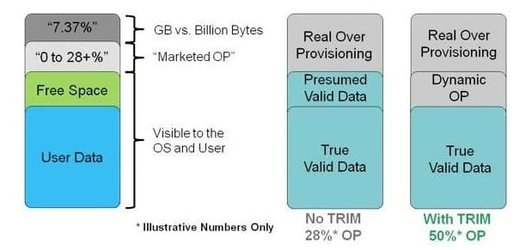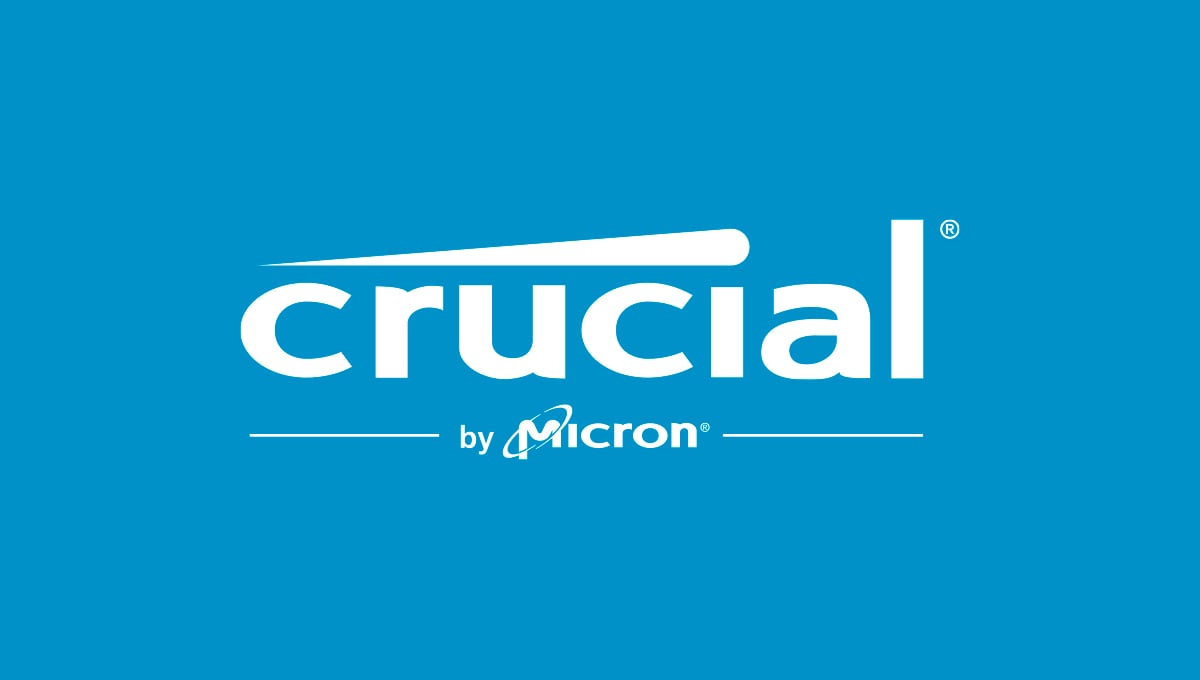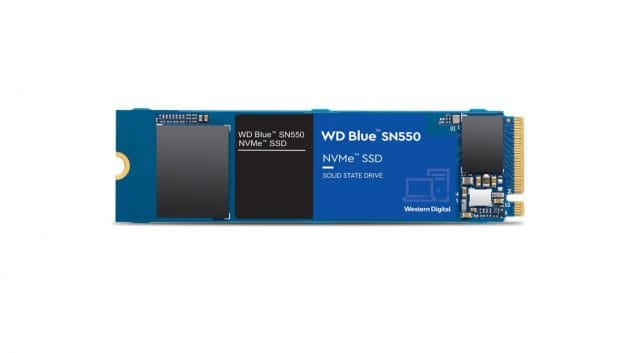OK. I obviously am not explaining this adequately. So let me try and go through the whole process. I may not have some things exactly right, but I think the gist is correct.
When you first initialize and SSD, all blocks on it are free and unused and are on a free list. The operating system knows how many logical blocks are on the drive. These blocks are not the same as the SSD blocks btw. The logical blocks are 512 Bytes in size while the blocks on the SSD are typically in the MB range. The SSD blocks contain atomic units called pages that are close to the size of logical blocks.
When you create partitions on the disk, SSD blocks are created to contain the partition table, and these blocks are allocated from the free list and are mapped to OS logical blocks. The partition table contains information on the partitions, including the logical block address (LBA) range. So far these blocks are the only ones allocated on the SSD, all the remaining blocks are free and not associated with any partition.
As data is written to a partition, SSD blocks are allocated from the free list for them and mapped to the OS LBAs.
At this point the only blocks that have been written are associated with logical blocks (and indirectly to the partition). All other blocks are unallocated and free for any partition to use - when something gets written to the partition, SSD blocks are allocated from the free list and mapped to the approiate LBA in that partition.
So say you have written only 10 SSD blocks of data to the HSF partition and nothing to any other partition you have created, then you dismount the disk and mount it on a Windows system. All blocks but those allocated to the partition table and the 10 blocks in HSF partitions are on the free list and are unallocated and not associated with any LBA or partitions.
When you mount the disk back in the Apple machine and the partition is mounted and you want to read back those blocks, the OS requests to read the LBA from the SSD, the SSD looks up the LBA in its mapping of LBA to SSD pages, and returns the data.
The SSD only knows about free blocks and allocated blocks and their mappings to OS LBA. When you create a partition, the operating system allocates a range of LBA for it, but the SSD does not allocate any blocks for the partition. This is not that much different than hard disk drives - when you create a partition for a HDD, the HDD doesn't actually allocate anything except space for the partition table entry. The difference between HDD and SSD is that the mapping between LBA and physical blocks on a hard drive is fixed and managed solely by the OS, the mapping between LBA and physical blocks on an SSD is dynamic and managed by the SSD - an extra level of indirection.
partition table:

en.wikipedia.org















